#ancient egypt notes
Text
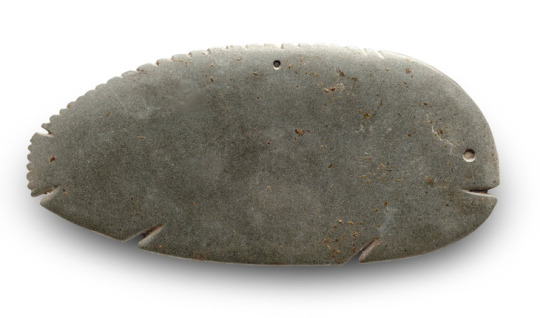



:) ancient egyptian greywacke fish
#:))))#it is impossible to look at these guys w/o a tiny spark of joy#field notes#ancient egypt#fish
9K notes
·
View notes
Text

Soviet poster celebrating the construction of the Aswan High Dam, 1964, which the USSR greatly assisted in building
#*cute note here the egyptian guy is holding up a lotus flower which is commonly seen in hieroglyphs and ancient egyptian art#egypt#if anyone can translate the russian text please do#ussr
226 notes
·
View notes
Text
Online History Short-Courses offered by Universities Masterpost
Categories: Classical Studies, Egyptology, Medieval, Renaissance, The Americas, Asia, Other, Linguistics, Archaeology
How to get Coursera courses for free: There are several types of courses on Coursera, some will allow you to study the full course and only charge for the optional-certificate, for others you will need to audit it and you may have limited access (usually just to assignments), and thirdly some courses charge a monthly subscription in this case a 7 day free trial is available.
Classical Studies 🏛️🏺
At the Origins of the Mediterranean Civilization: Archeology of the City from the Levant to the West 3rd-1st millennium BC - Sapienza University of Rome
Greek and Roman Mythology - University of Pennsylvania
Health and Wellbeing in the Ancient World - Open University
Roman Architecture - Yale
Roman Art and Archeology - University of Arizona
Rome: A Virtual Tour of the Ancient City - University of Reading
The Ancient Greeks - Wesleyan University
The Changing Landscape of Ancient Rome. Archeology and History of Palatine Hill - Sapienza University of Rome
Uncovering Roman Britain in Old Museum Collections - University of Reading
Egyptology 𓂀⚱️
Egypt before and after pharaohs - Sapienza University of Rome
Introduction to Ancient Egypt and Its Civilization - University of Pennsylvania
Wonders of Ancient Egypt - University of Pennsylvania
Medieval 🗡️🏰
Age of Cathedrals - Yale
Coexistence in Medieval Spain: Jews, Christians, and Muslims - University of Colorado
Deciphering Secrets: The Illuminated Manuscripts of Medieval Europe - University of Colorado
Enlightening the Dark Ages: Early Medieval Archaeology in Italy - University of Padova
Lancaster Castle and Northern English History: The View from the Stronghold - Lancaster University
Magic in the Middle Ages - University of Barcelona
Old Norse Mythology in the Sources - University of Colorado Bolder
Preserving Norwegian Stave Churches - Norwegian University of Science and Technology
The Book of Kells: Exploring an Irish Medieval Masterpiece - Trinity College Dublin
The Cosmopolitan Medival Arabic World - University of Leiden
Renaissance ⚜️🃏
Black Tudors: The Untold Story
European Empires: An Introduction, 1400–1522 - University of Newcastle
The Mediterranean, a Space of Exchange (from Renaissance to Enlightenment) - University of Barcelona
The Life and Afterlife of Mary Queen of Scots - University of Glasgow
The Tudors - University of Roehampton London
The Americas 🪶🦙🛖
History of Slavery in the British Caribbean - University of Glasgow
Indigeneity as a Global Concept - University of Newcastle
Indigenous Canada - University of Alberta
Indigenous Religions & Ecology - Yale
Asia 🏯🛕
Contemporary India - University of Melbourne
Introduction to Korean Philosophy - Sung Kyun Kwan University
Japanese Culture Through Rare Books - University of Keio
Sino-Japanese Interactions Through Rare Books - University of Keio
The History and Culture of Chinese Silk - University for the Creative Arts
Travelling Books: History in Europe and Japan - University of Keio
Other
A Global History of Sex and Gender: Bodies and Power in the Modern World - University of Glasgow
A History of Royal Fashion - University of Glasgow
Anarchy in the UK: A History of Punk from 1976-78 - University of Reading
Biodiversity, Guardianship, and the Natural History of New Zealand: A Museum Perspective - Te Papa
Empire: the Controversies of British Imperialism - University of Exeter
Great South Land: Introducing Australian History - University of Newcastle
Indigeneity as a Global Concept - University of Newcastle
New Zealand History, Culture and Conflict: A Museum Perspective - Te Papa
Organising an Empire: The Assyrian Way - LMU Munich
Plagues, Witches, and War: The Worlds of Historical Fiction - University of Virginia
Russian History: from Lenin to Putin - University of California Santa Cruz
Linguistics 🗣️
Introduction to Comparative Indo-European Linguistics - University of Leiden - Coursera version
Miracles of Human Language: An Introduction to Linguistics - University of Leiden
Archeology 💀
Archeoastronomy - University of Milan
Archaeology and the Battle of Dunbar 1650 - Durham University
Archaeology: from Dig to Lab and Beyond - University of Reading
Archeology: Recovering the Humankind's Past and Saving the Universal Heritage - Sapienza University of Rome
Change of Era: The Origins of Christian Culture through the Lens of Archaeology - University of Padova
Endangered Archaeology: Using Remote Sensing to Protect Cultural Heritage - Universities of Durham, Leicester & Oxford
Enlightening the Dark Ages: Early Medieval Archaeology in Italy - University of Padova
Exploring Stone Age Archaeology: The Mysteries of Star Carr - University of York
Forensic Archaeology and Anthropology - Durham University
Roman Art and Archeology - University of Arizona
The Changing Landscape of Ancient Rome. Archeology and History of Palatine Hill - Sapienza University of Rome
#side note: most of the universities that offer courses in English on these sites are European or American(USA)#so the lack of courses about Asia (other than Japan) The Americas and Africa is not because of me#history#historical#classical studies#ancient Greece#ancient Rome#pompeii#Egyptology#pharaoh#ancient Egypt#medieval#medieval europe#Medieval Arabia#Renaissance#Tudor#the tudors#history courses#courses#linguistics#archeology#archeology courses#resources#free resources
161 notes
·
View notes
Text
Egyptian Zodiac ✨
Like western astrology, Egyptian zodiac consists of 12 signs and they assigned certain days of the month to each sign. They named their zodiac signs after their gods and goddesses. The character of the god or goddess was believed to determine the character of a person born under a certain sign.
The Nile: January 1-7, June 19-28, September 1-7, November 18-26
Amon-Ra: January 8-21, February 1-11
Mut: January 22-31, September 8-22
Geb: February 12-29, August 20-31
Osiris: March 1-10, November 27-December 18
Isis: March 11-31, October 18-29, December 19-31
Thoth: April 1 - 19, November 8 - 17
Horus: April 20-May 7, August 12-19
Anubis: May 8-27, June 29-July 13
Seth: May 28-June 18, September 28-October 2
Bastet: July 14-28, September 23-27, October 3-17
Sekhmet: July 29-August 11,October30-November7
Will post the description of each sign in the next post ✨😅
#astrology#astro community#astro notes#astro posts#history#gods of egypt#ancient egypt#zodiac society#zodiac#horoscope#egyptian astrology#egyptian zodiac
83 notes
·
View notes
Text



I'm finally an Archaeology student. Excited and scared at the same time
via @loneviatoris
#dark academia#aesthetic#archaeology#egypt#hieroglyphs#mythology#chaotic academia#writing#notes#egyptian mythology#ennead#me#books & libraries#🌤:post#my pics#ancient egypt#ra#osiris#horus#egyptology
7 notes
·
View notes
Text

Everyone on the program: omg cool mummies!!!
Me, literally holding back tears: they are so far from home. Are their souls scared? Has anyone even offered them bread in the afterlife?
#important to note: some ancient Egyptian tombs contain prayers to give the deceased food in the afterlife meant to be read aloud#we read aloud a prayer (NOT SPELL. I AM AGAINST CALLING IT A SPELL) in my class two years ago#we're going to have a 'discussion' on the ethics of displaying mummies and I had to start taking the anti anxiety meds again so I Do Not Cry#while this happens#god. i can't go into Egyptology#day one on the program and I Know Now. I cannot do it for Various Reasons#I'm still doing classics (Ptolemaic period counts as Classics not egyptology) but I Cannot and Will Not interact with modern Egyptian#bureaucracy#tw death#???#i have no fucking clue what to tag this#it's apparently a controversial opinion to say that Egypt is in Africa#a dutch museum got an exhibit SHUT DOWN for PROMOTING AFROCENTRISM. EGYPT IS IN AFRICA#like this is super cool and very important to my feild of study of museum work in general#but yeahhhh i am Too Passionate and full of Righteous Indignation for egyptology#screaming crying throwing uppppppp#and idet and ruiu aren't even THERE
17 notes
·
View notes
Text
The Oxyrhynchus papyrus calls Isis the Kite Goddess. When Isis and Nephthys are shown mourning for Osiris they are often referred to as kites (or screechers) and depicted as such. The kite has a shrill piercing cry and to the Egyptians this suggested the wailing of women in mourning. “The screecher comes, the kite comes, namely Isis and Nephthys.” The kite is a scavenger and will have wandered the countryside and towns looking for carrion which will have suggested the wanderings of Isis as she searched for the body of Osiris. A 4th century BCE papyrus refers to “stanzas of the Festival of the Two Kites”.
Two species of hawk have been suggested from the depictions of Isis as a kite. One is the Black Kite (Milvus migrans) while the other is the Chanting Goshawk (Melierax musicus) based on the plumage and the shape. Chanting Goshawks are often seen in pairs, thus alluding to Isis and Nephthys. As their name suggests they have a melodic piping song which may have been similar to the sound of temple singers.
- Isis - the Eternal Goddess of Egypt and Rome by Lesley Jackson
41 notes
·
View notes
Text
"So small are the flowers of Seamu" - Anonymous - Egypt (Ancient)
Translators: Boris de Rachewiltz, Ezra Pound*, Noel Stock
So small are the flowers of Seamu
Whoever looks at them feels a giant.
I am first among your lovers,
Like a freshly sprinkled garden of grass and
perfumed flowers.
Pleasant is the channel you have dug
In the freshness of the north wind.
Tranquil our paths
When your hand rests on mine in joy.
Your voice gives life, like nectar.
To see you, is more than food or drink.
*Editor's note: I do not condone the opinions and actions of Ezra Pound but he is unfortunately credited as translator of Ancient Egyptian Love Poems in the Penguin Book of Women Poets
#So small are the flowers of Seamu#egypt#ancient egypt#poem#poetry#poems from around the world#editor's note: I will also feature modern egyptian poetry in the future
14 notes
·
View notes
Text
Horus and Pharaohs
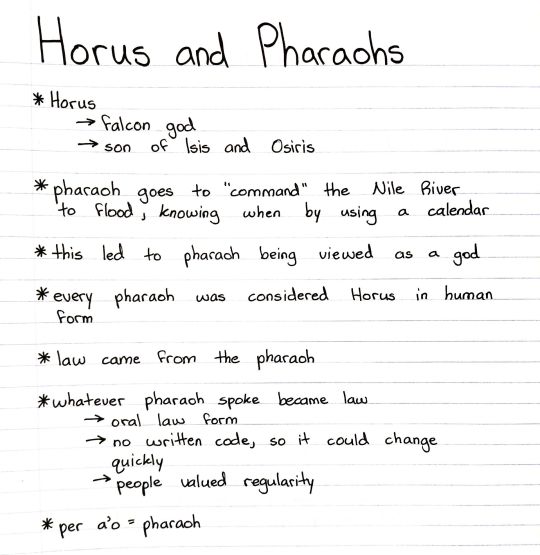
Patreon
#studyblr#notes#history#history notes#historyblr#world history#world history notes#western civ#western civ notes#western civilization#western civilization notes#western civ 1#western civ 1 notes#western civ I#western civ I notes#horus#pharaohs#ancient egypt#egyptian pharaohs#per a'o#ancient egyptian religion#ancient egyptian mythology#nile river#osiris
2 notes
·
View notes
Note
Love you Lost Prince AU and I felt inspired to draw fabart but I would like to know, how does Cub, Scar and Ma'akhi look like? I'm not familiar with Ancient Egyptian wear and I want to protray them as respectable as possible. (Or if drawing them is right out, then I will respect that request too!) Thank you in advance
O: !!!!
I would love some Lost Prince AU fanart omg yes pls! <3 I'm so excited my fics inspired you to want to make art for it! :D
I'm gonna start with Ma'akhi bc there's less to explain lol, but bear with me, Imma infodump for you anon. :D
Also I will preface this by saying, while I'll share a lot of historical stuff here for reference, this ancient Egypt is an AU with a different timeline, so feel free to take these as a reference and make them your own. Also feel free to use the AU tag when posting so I can see it. :D
For Ma'akhi, his heritage is Roman-Egyptian, and he's mid-30s. His parents were merchants and traders, and they made many trips to Djesdjes while he was a child. He served regularly in the temple when they were staying at the oasis, but only joined permanently once his parents died. This was before the invasion. He did have a Roman name when he was born, but his Egyptian name is what he goes by now. In full, his name is Djehutyma'akheru, 'Djehuty is true of voice'. Ma'akhi is the nickname.
This is the only image I have rn of Ma'akhi. It's a doll maker image i made of him years ago when I was working on this world as original fiction, and while it's not entirely accurate in terms of 'this is what he looks like/this is what he wears' with perhaps the exception of the face, it's at least 'these are the vibes' lol. I'd love to see some actual art of him because that doll is all I have rn!
The outfit he's in here is probably what he'd wear outside of temple spaces when he's not dressed as a priest. I don't see him as the type to wear a wig like other Egyptians would, but he would if the occasion called for it. His dress blends both Roman and Egyptian items, esp jewellery. I suspect he'd have a bunch of non-Egyptian stuff he'd acquired while travelling with his parents.

As a priest, he would wear a long white linen kilt, a white sash over his right shoulder across his body (a mark of Djehuty priests in this AU), papyrus sandals, and as high priest, he would wear the leopard skin cloak. He would also have shaved his whole body. No wool or leather was to be worn in the temple.
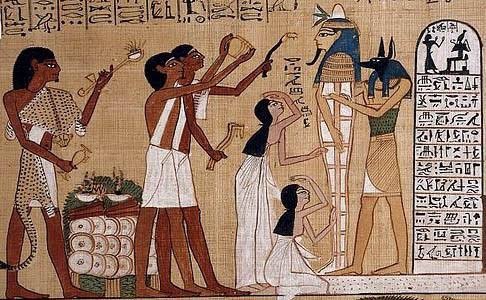
^ Priestly attire. But this AU would have longer skirts, usually ankle length, with pleats (and feel free to get Very Fancy with the pleats if you want to). Ma'akhi would be the guy on the far left. Cub and Scar would be closer to the middle two, but with Scar not wearing a sash, and both with longer kilts. Cub, Scar, and Ma'akhi may also wear white linen cloaks for night rituals or outside processions to protect from the heat.
For regular wear, they might just wear shorter kilts, pleated kilts, or tunics. Both Cub and Scar prefer to have their heads shaved, and would definitely wear wigs. I feel like Scar's would be more decorated than Cub's. Cub and Scar are also light-skinned Egyptians, but I'd take their skin tone less White and more tanned/brown to fit their ethnicity.
The pendant Cub wears looks something like this:
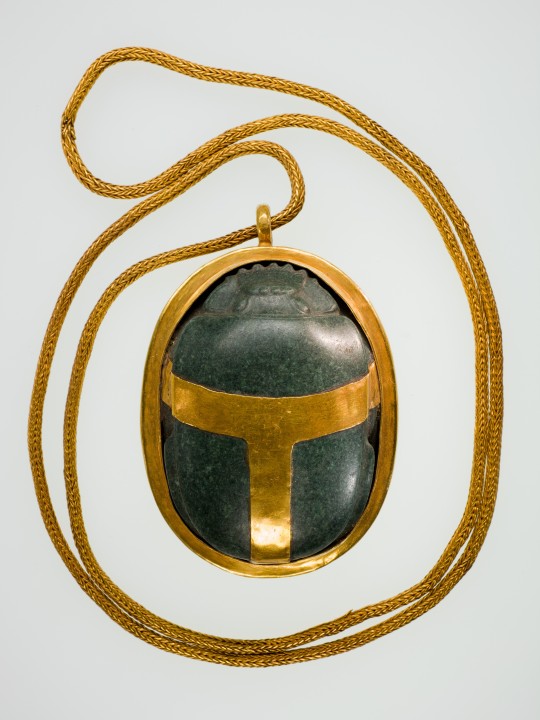
Except emerald rather than stone. It'd be about 1.5in/4cm long. It would sit around the middle of the chest near the heart area.
Sans cat, this is the style of carnelian ring Cub wears, with a slightly thicker band:
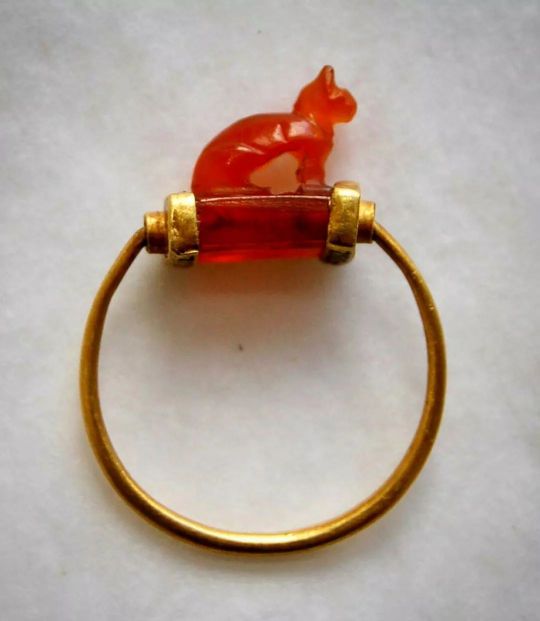
Scar wears no specific jewellery pieces, but I imagine he wears a bunch of stuff based on what he's been able to steal/trade/haggle off others. So beaded collars, single strings of beaded necklaces, arm bands or bracelets, a variety of rings, pectoral amulets, idk, google some Egyptian jewllery and pick things you think look nice. He's dedicated to Bast ofc so any Bast amulets would be a must, or anything with cats on it. He also carries a satchel/bag with potions, writing tools, and spellbooks in it.
In soldier mode, Cub carries a sword, small pouches for small spells and amulets on his belts, and a shield. Scar fights with bow and arrow if he has to, but he leaves the fighting to Cub. He prefers to talk his way out of danger.
For the Egyptians, the Libyan people (the rebu) were sometimes depicted as light-skinned people.

^ From left to right we have 4 Libyans, a Nubian, an Asiatic, and an Egptian. From Seti I's tomb.
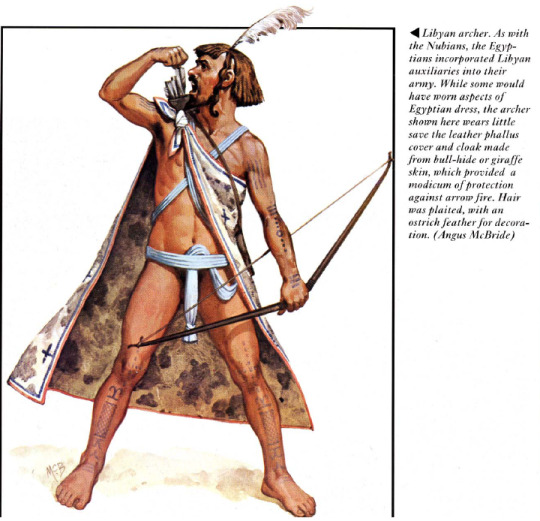
^ A rendering of a Libyan warrior.
For my AU, I imagine them wearing more of a loincloth or short kilt and some kind of leather straps around their waist (an influence from contact with Roman armies or serving with them as mercenaries). More of a short tunic when travelling for comfort and sun protection. Leather sandals. They would have grown their hair and beards out too.
Pix, as the Copper King, isn't Libyan, but more like the Berber or Bedouin tribes, but more based on Pixandrian culture than those ones specifically. The mines are a diverse mix of people who've found a home there.
Pearl as the governor of Djesdjes is both a warrior and an official. She would dress as a soldier if defence of the oasis is called for, but when out of that role, she's more in sheath dresses and sandals, with long wigs and gold jewellery. Darker skin than Cub and Scar bc she's got a different ethnic mix, and she's spent a lot of time outside fighting with her soldiers.
ANYWAY. I hope that is enough infodumping anon! :D If you have any further questions, pls do ask and I will do my best to answer you! :D I'm excited and honoured you want to make art for my AU and I can't wait to see it! :D
#convexical asks#hermitcraft#fanfic#convex#the lost prince au#cubfan135#gtwscar#pixlriffs#pearlescentmoon#ma'akhi (oc)#character notes#ancient egypt au#i am so excited someone wants to make art for this au!!!!#:D :D :D#thank you for asking anon! ily! <3
5 notes
·
View notes
Text
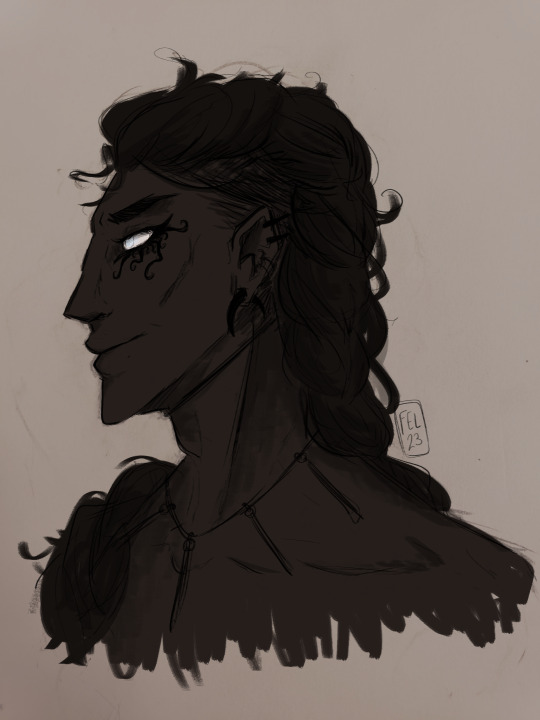
me last night during dnd: what if instead of taking notes i made a nyarlathotep human design that is just soooo self-indulgent
#and i was right and i cleaned it up on my tablet and colored him#sort of foggy blind looking eyes only bc i like the 'eyeless sphinx' version of him from masks#and his sort of common monster form doesn't seem to have eyes either#not that he needs them to see but i like a theme of him not having eyes#i was also paying attention to the dnd game#i was just keeping my hand busy via sketching instead of note taking#nyarlathotep call me#i want to sign my name in the book and learn how to step into the fourth dimension#doodles#cthulhu mythos#i want all of nyar's human faces to have like sick eyeliner bc he just never got over it from his ancient egypt days
15 notes
·
View notes
Text


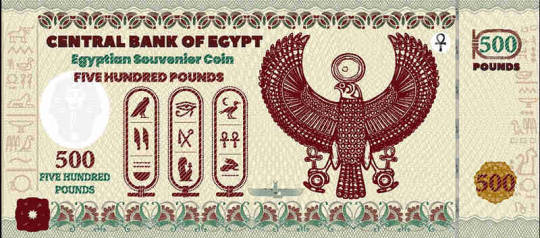
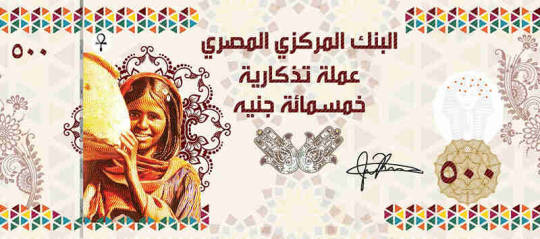

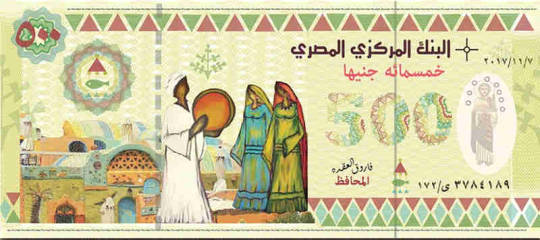
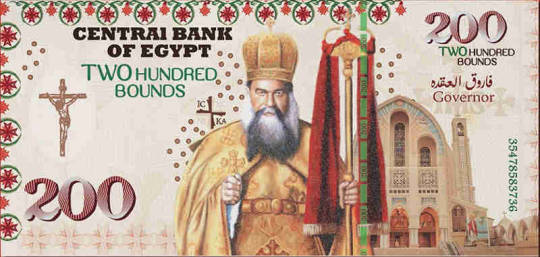



Fancy design of Egyptian 200 pounds notes with coptic & egyptian motives / features.
#banknote#banknot#design#projekt#fantazyjny#fantasy#egyptian#Egypt#Egipt#egipski#not circulated#fancy#nieobiegowy#for collectors#kolekcjonerski#note#coptic#ancient#concept
2 notes
·
View notes
Text

Hey all,
I haven't posted in a long time, and I know that's not just a trick of the memory. It's been a long term, it's been a long year, honestly, and I'm not entirely sure when I'll post again. Hopefully soon? I know I said that last time, oops. In the meantime, here's some old pictures of a few Ancient History notes I never ended uploading.
Thanks for reading, and I hope you're productive this week!
#atar#australian studyblr#australian student#school#year 12#study motivation#studyinspo#studyspiration#study blog#study day#study notes#study aesthetic#study#student life#high school#ancient culture#ancient history#history#ancient egypt#queens of ancient egypt#royal women
3 notes
·
View notes
Text
Hello there class, welcome to your new homeroom!

(● I'm a student that is studying to become a history professor at an overseas college in Scotland. Here I will post weird and interesting facts about the strange plastic of the world. Feel free to ask me questions and make requests! No question is a bad question.●)
#worldwide#world history#history#ancient greek mythology#ancient egypt#ancientmonuments#student life#studyblr#study notes
2 notes
·
View notes
Text
[...] Thus, extreme caution should be exercised when foreign terms, like our modern word "demon", carrying specific values within a certain local and cultural environment are employed to descrive Egyptian notions of diverse and multidimensional nature. [...] Egyptian demonic entities could be either beneficent or maleficent whereas "demons" in our modern sense are almost always maleficent. [...]
- P. Kousoulis, The Demonic Lore of Ancient Egypt: Question on Definitions, Introduction in "Ancient Egyptian Demonology - Studies on the Boundaries between the Demonic and the Divine in Egyptian Magic", 2011
2 notes
·
View notes
Text
Thin Blue Lines (on linen, and flax)
Some things I found interesting from The Golden Thread: How Fabric Changed History by Kassia St Clair. This was from the chapter on linen, with respect to its use in Ancient Egypt as a shroud material, and what we know about its cultivation and use from archeological artefacts. Linen comes from flax; specifically from the bast fibres within the stalks, and their extraction is fairly intensive mechanical process. (Egypt of several thousand years ago was able to achieve the same fineness of cloth that modern machinery does today, which, very cool if you ask me.)
The thin blue line suddenly took vivid form in my mind as I recalled illustrations from Drori's book (a gift that keeps on giving, that; inc. below as well); his descriptions of the deep turquoise flowers of flax have apparently stuck with me. And there's also some nice and grizzly information on gravewax, the existence of which I was not previously aware.
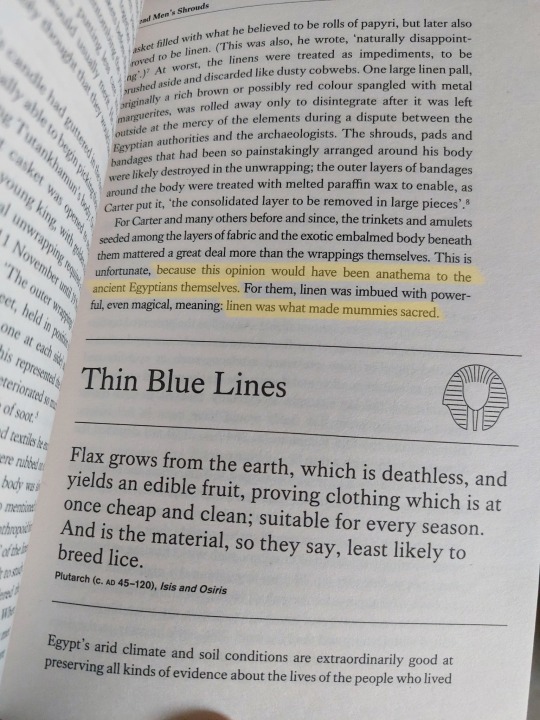
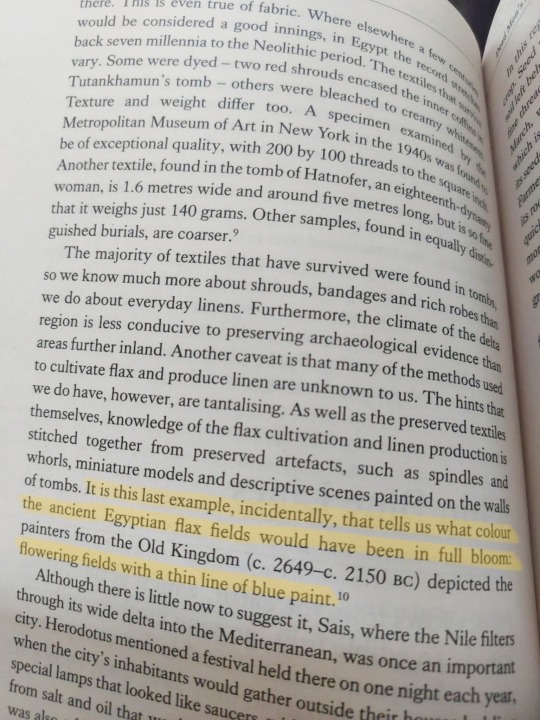




#refs and resources#book notes#god. how miserable that I cannot remember my tagging system#(though.... do I have a tagging system?)#ancient egypt#books#kassia st clair#the golden thread#fabric#botany
8 notes
·
View notes